The Nexus 7 was perhaps hit the hardest when the much-maligned Android 4.2.1 update was released by Google, causing the tablet to slow down a lot for many users, even in general usage. So it’s natural that the wait for the next update that would fix all the lag was the greatest for Nexus 7 owners, and that update finally arrived last week.
The biggest improvements are the return of the “Project Butter” smoothness that went missing with Android 4.2.1, and also a fix for the Bluetooth issues some people were having. Minor changes include a countdown timer in the notification for app downloads from the Play Store, some UI changes in apps like the clock or Contacts, and also a few text changes in the settings.
The update is available for both the Wi-Fi and GSM variants of the Nexus 7 and can be manually installed by those who haven’t received the update on their tablets yet. In case you don’t have a clue about how the manual update can be performed, we have simple step-by-step instructions below to help.
Let’s begin with the installation procedure. First, a few prerequisites.
Prerequisites
- Your tablet must be running a totally stock version of Android, unrooted and unchanged in any way. Having a custom recovery installed is okay, but the update will fail to install if you’ve rooted or made other changes to the system.
- The update needs your tablet to be on build number JPO04D. Check the build number in Settings » About tablet. If it’s not JOP04D, then the update will fail to install. If you are running build JOP04C, then use this guide to first update to JOP04D, then come back here to install the 4.2.2 update.
How to Install Android 4.2.2 OTA Update on Nexus 7
- First, make sure you have the drivers installed for the tablet on the computer. Install the Android SDK from → here to install the drivers if you don’t already have them installed.
- Download the OTA update file for your Nexus 7 model.
- Nexus 7 Wi-Fi | Alternate Link | Filename: 6ece895ecb23.signed-nakasi-JDQ39-from-JOP40D.6ece895e.zip
- Nexus 7 GSM | Alternate Link | Filename: 357318e165a8.signed-nakasig-JDQ39-from-JOP40D.357318e1.zip
- Download Fastboot, which includes the adb files needed for flashing the update.
Download Fastboot | Filename: Fastboot.zip - Extract the Fastboot.zip file on your computer to get a folder named Fastboot with four files inside it. To keep things easy, extract the Fastboot folder to drive C.
- Then, copy the update file downloaded in step 2 to this “Fastboot” folder you just obtained in step 4. You’ll then have five files inside Fastboot.
- Turn off the tablet, then boot it into stock recovery. To do so, first boot into the bootloader mode by holding down the Vol Down + Power buttons together till the screen turns on. Then, using the volume buttons, scroll till you see the “Start” text change to “Recovery mode”, then select it using the power button to boot into stock recovery.
- You will then see an Android with a red exclamation point. Now hold down the Power button then press the Volume Up key to see the recovery menu (or press the two buttons together if it doesn’t work).
- Select the apply update from adb option in recovery, by scrolling to it using the volume buttons and selecting it with the power button.
- Connect the tablet to the computer. Wait for the drivers to finish installing.
- On the computer, click on Start menu » All Programs » Accessories, right-click on Command Prompt and click on Run as administrator. If you are using Windows 8, this can be done by right-clicking on the extreme bottom left corner of the taskbar, then selecting “Command Prompt (admin)”.
- Now, perform the following steps in the command prompt to flash the Android 4.2 update:
- Navigate to the Fastboot folder which you obtained in step 4. For example, if the Fastboot folder is in drive C on your computer, enter cd C:Fastboot in command prompt (and press Enter) to navigate to the folder.
- Then, enter adb devices. If your Nexus 7 has been detected properly, you will see a device ID show up in command prompt. If nothing comes up, make sure you have installed the drivers (step 1).
- Finally, to flash the update, enter the following command:
adb sideload *filename* -> replace *filename* with the name of the update file, including the .zip at the end of the file name. - After you enter the above command, you will see the “sending: sideload” message in the command prompt, and once it reaches 100%, the update will start installing on your tablet.
- After the update finishes installing, select reboot system now on the tablet to reboot it and boot up into Android 4.2.2.
Your Nexus 7 is now running the latest version of Android. If you run into any issues, don’t forget to leave a comment below so that we can help you out. Enjoy!

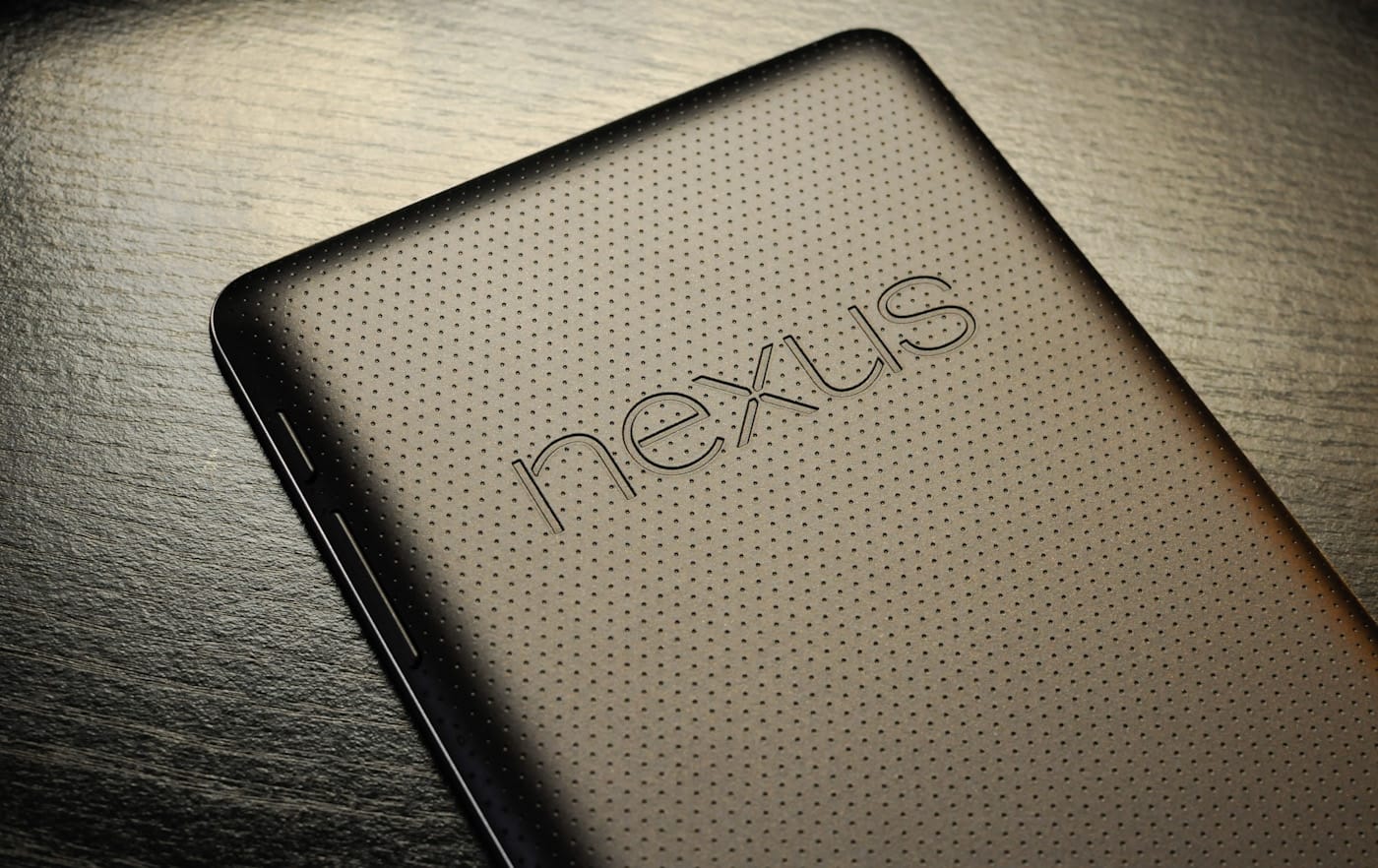


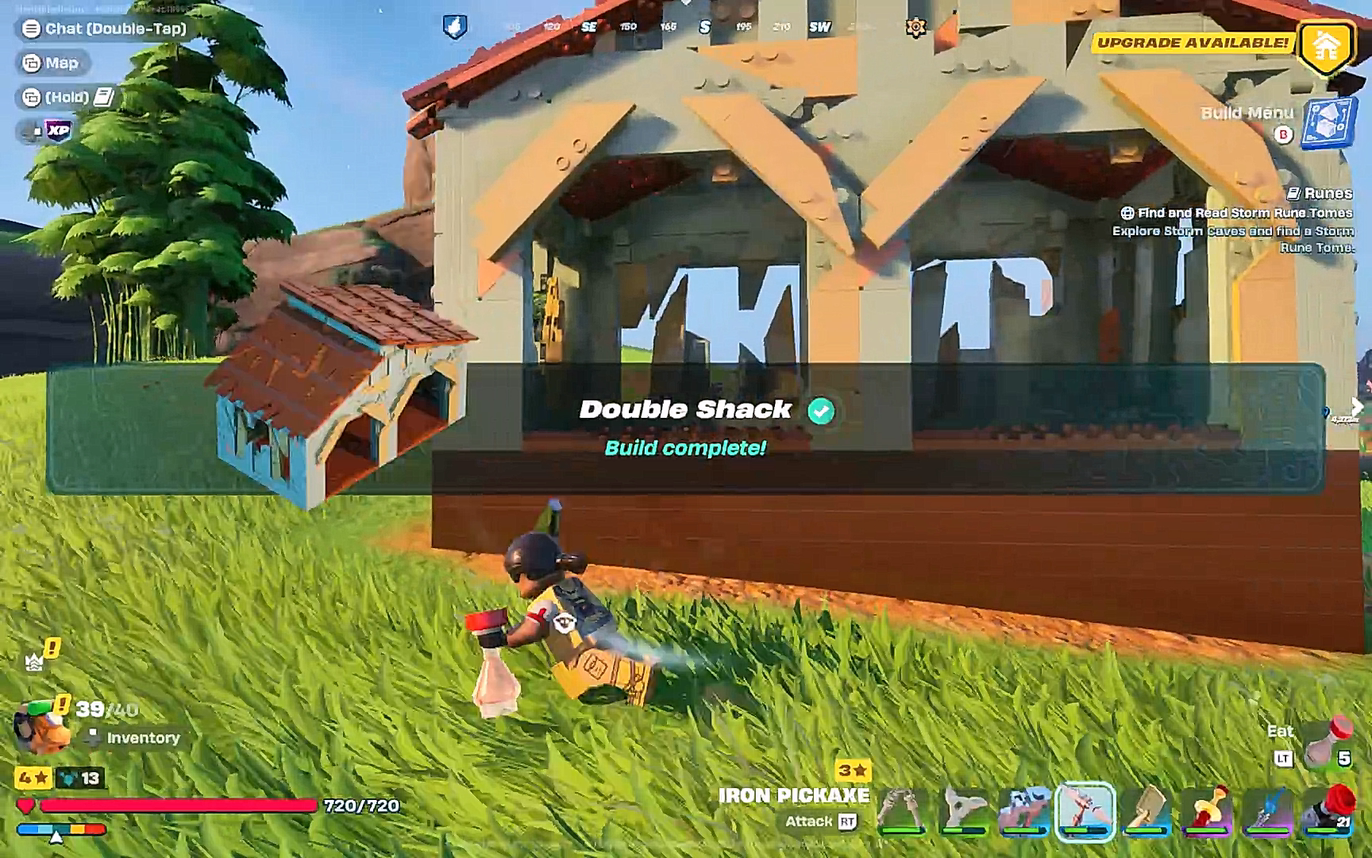


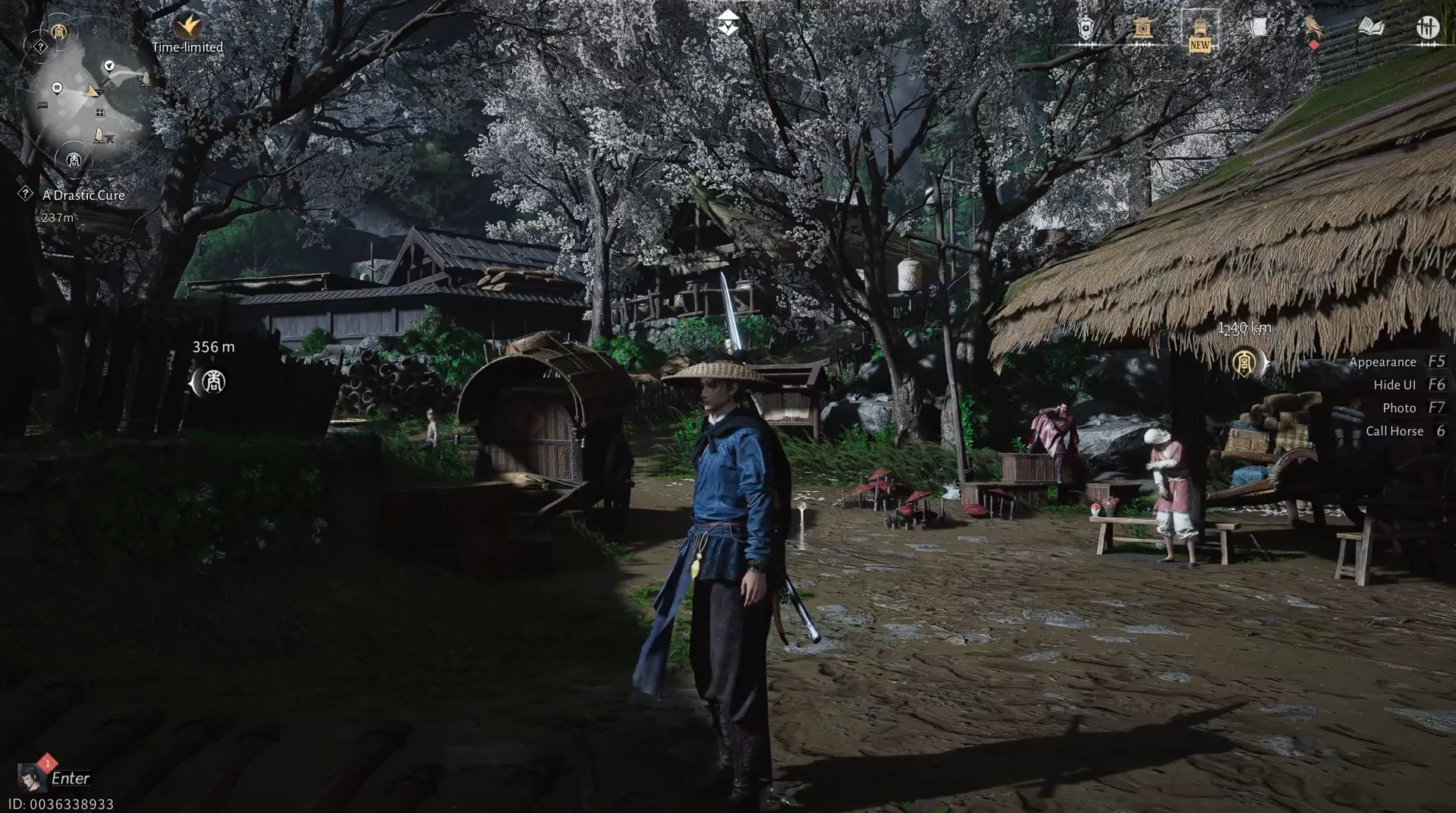



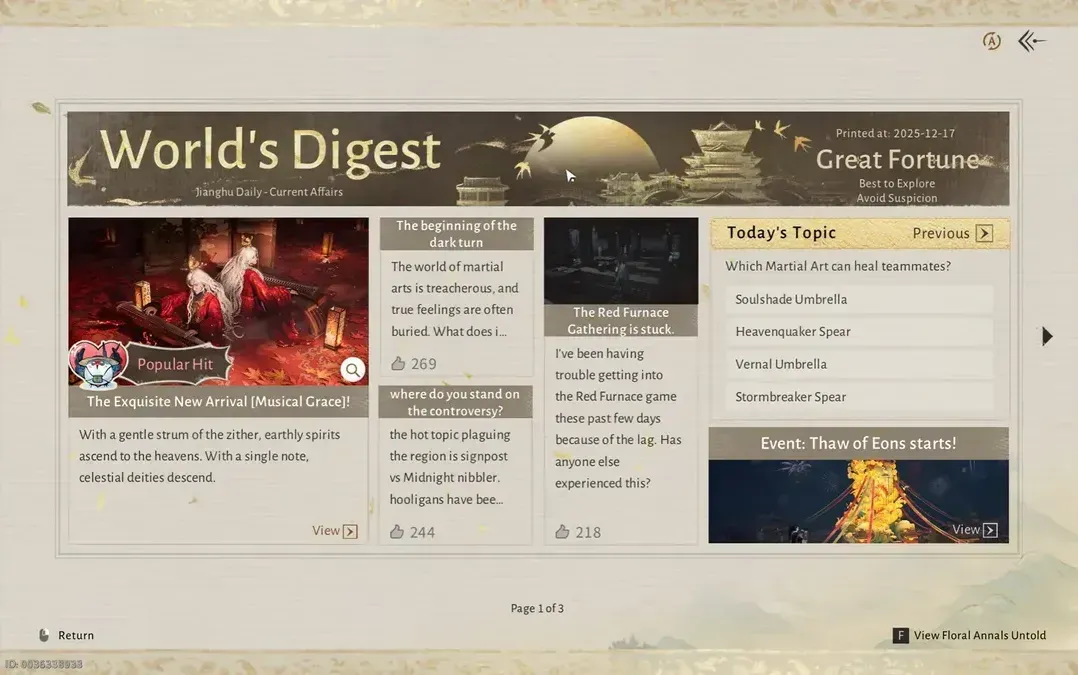
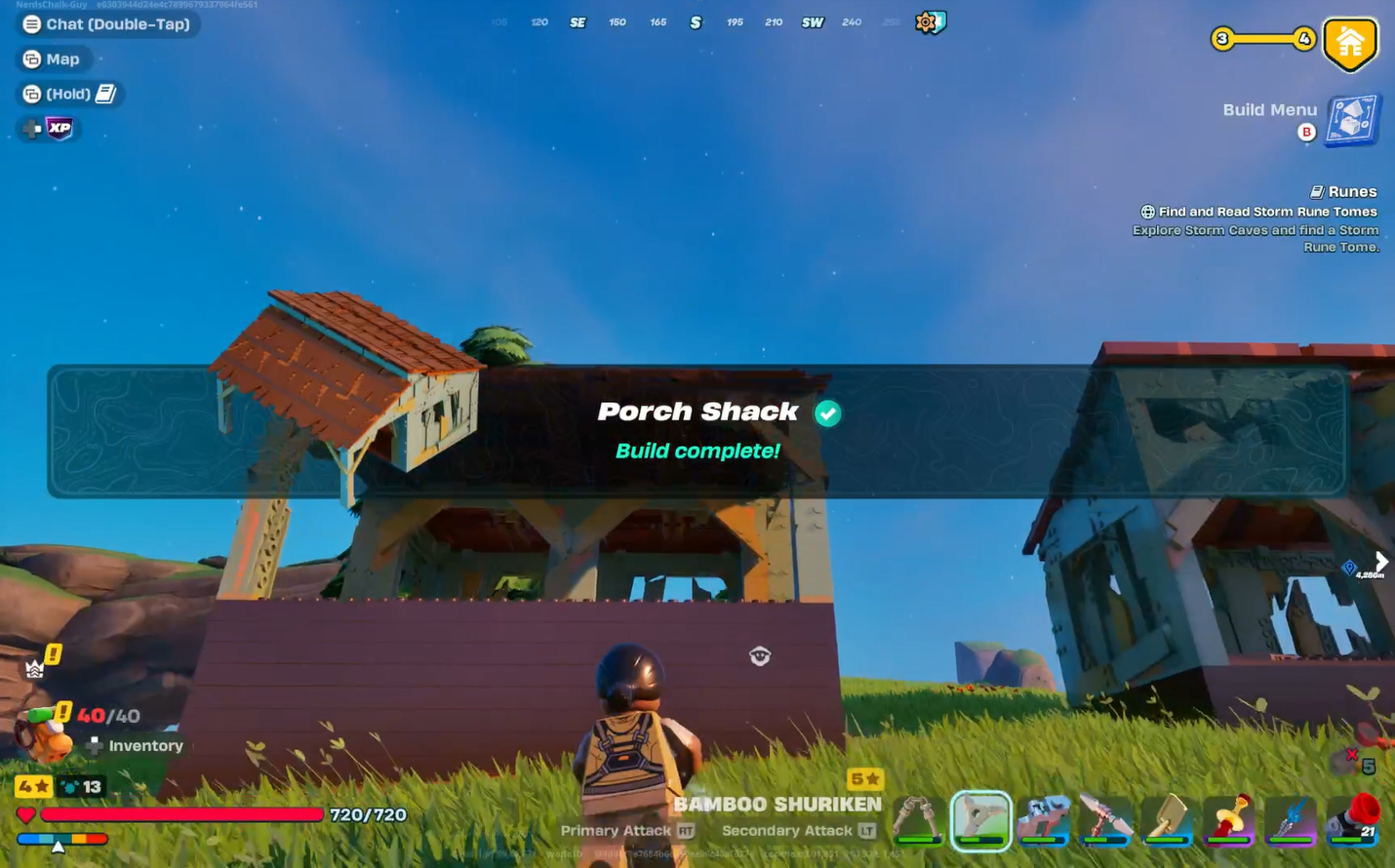
Discussion